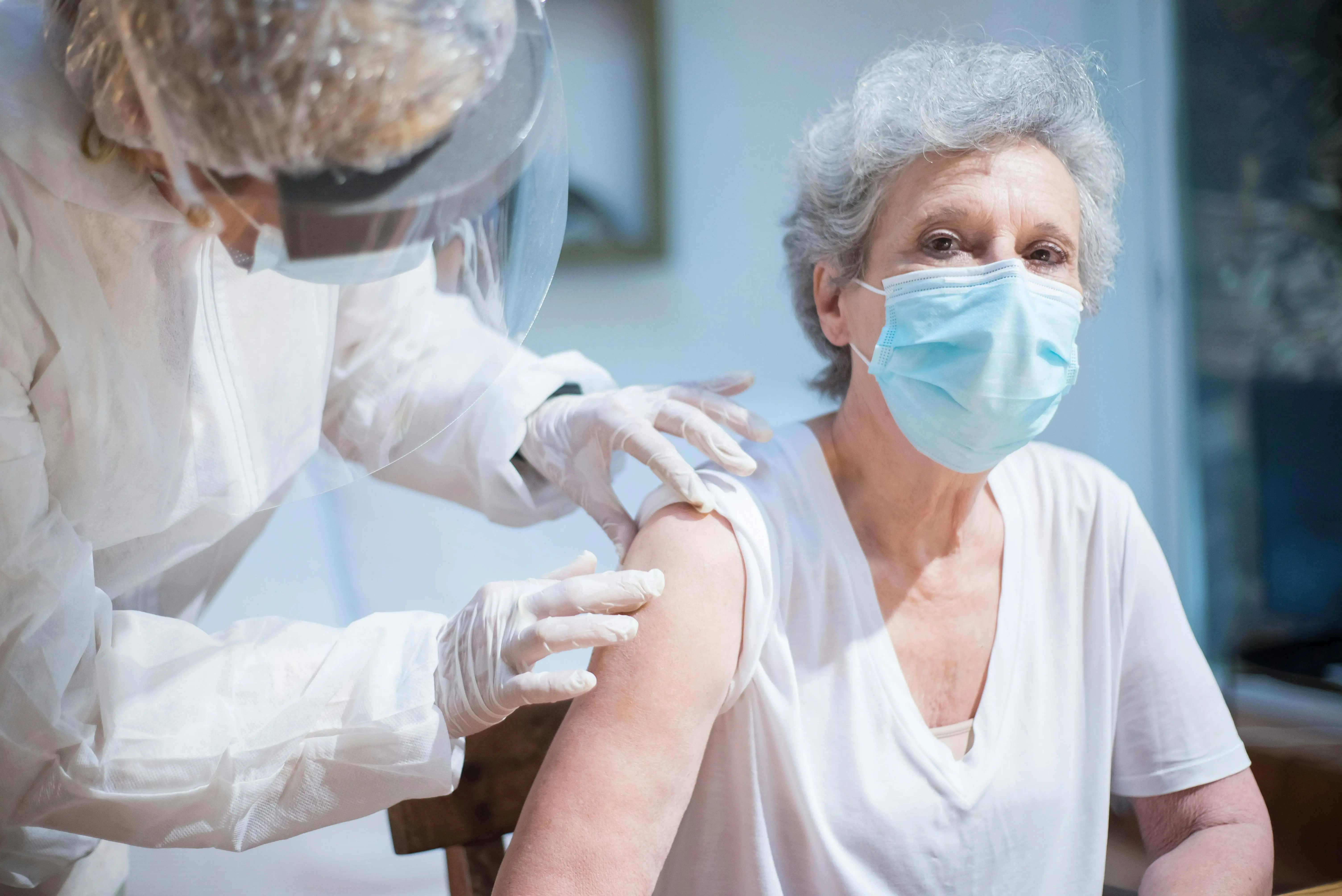Testing for irritable bowel syndrome (IBS) at home can be a valuable first step in understanding your symptoms and seeking appropriate medical care.

Blog
How to Test for IBS at Home
Testing for irritable bowel syndrome (IBS) at home can be a valuable first step in understanding your symptoms and seeking appropriate medical care. By recognizing common signs of IBS and employing simple self-diagnosis techniques, you can gain insight into your digestive health and take proactive steps towards managing your condition.
Irritable bowel syndrome (IBS) is a common digestive disorder characterized by symptoms such as abdominal pain, bloating, gas, diarrhea, and constipation. While the exact cause of IBS is unknown, factors such as diet, stress, and abnormal intestinal motility may contribute to the development of this condition.
The first step in testing for IBS at home is to familiarize yourself with the common symptoms associated with this condition. These may include:
Cramping or pain in the abdomen, often relieved by bowel movements.
Alternating between diarrhea and constipation, or a change in stool consistency.
Feeling of fullness or distention in the abdomen, accompanied by excessive gas.
Passage of mucus along with bowel movements.
Noticeable worsening of symptoms after consuming certain foods or during times of stress.
One useful method for testing for IBS at home is to keep a symptom diary. Keep track of your daily symptoms, including the type and severity of abdominal pain, bowel habits, and any triggers that may worsen your symptoms. This information can help you identify patterns and potential triggers for your symptoms, providing valuable insight for both self-diagnosis and discussions with healthcare providers.
Another approach to testing for IBS at home is to try an elimination diet. This involves removing common trigger foods from your diet for a period of time and then gradually reintroducing them to assess their impact on your symptoms. Common trigger foods for IBS may include dairy products, gluten-containing foods, caffeine, and certain fruits and vegetables. Keep track of how your body responds to different foods to identify potential triggers for your symptoms.
In addition to self-diagnosis techniques, it's essential to consider your risk factors for IBS. Certain factors may increase your likelihood of developing this condition, including:
A family history of IBS or other gastrointestinal disorders may increase your risk.
Psychological factors such as stress, anxiety, or a history of trauma may contribute to the development of IBS.
Consuming a diet high in processed foods, refined sugars, and low in fiber may increase your risk of developing IBS.
Previous gastrointestinal infections or episodes of food poisoning may trigger the onset of IBS symptoms.
While self-diagnosis techniques can provide valuable insights into your digestive health, it's essential to consult a healthcare professional for a comprehensive evaluation if you suspect you may have IBS. Your doctor can perform a thorough medical history, physical examination, and may recommend additional tests such as blood work, stool studies, or imaging tests to rule out other potential causes of your symptoms.
Testing for IBS at home can be a proactive step towards understanding and managing your digestive health. By familiarizing yourself with common symptoms, keeping a symptom diary, trying an elimination diet, and assessing your risk factors, you can gain valuable insight into your condition. However, it's essential to consult a healthcare professional for a proper diagnosis and personalized treatment plan. With the right approach, you can take control of your symptoms and improve your quality of life.
Irritable bowel syndrome (IBS) is a common digestive disorder characterized by symptoms such as abdominal pain, bloating, gas, diarrhea, and constipation. While the exact cause of IBS is unknown, factors such as diet, stress, and abnormal intestinal motility may contribute to the development of this condition.
The first step in testing for IBS at home is to familiarize yourself with the common symptoms associated with this condition. These may include:
One useful method for testing for IBS at home is to keep a symptom diary. Keep track of your daily symptoms, including the type and severity of abdominal pain, bowel habits, and any triggers that may worsen your symptoms. This information can help you identify patterns and potential triggers for your symptoms, providing valuable insight for both self-diagnosis and discussions with healthcare providers.
Need Personalized Health Guidance?
Get expert advice tailored to your specific health needs from our qualified healthcare professionals.





